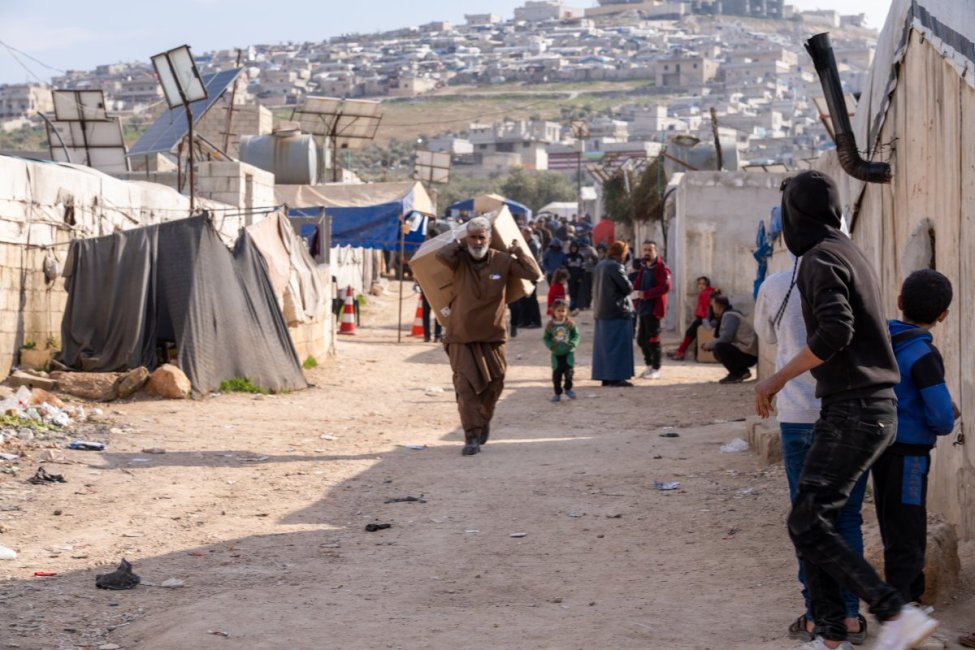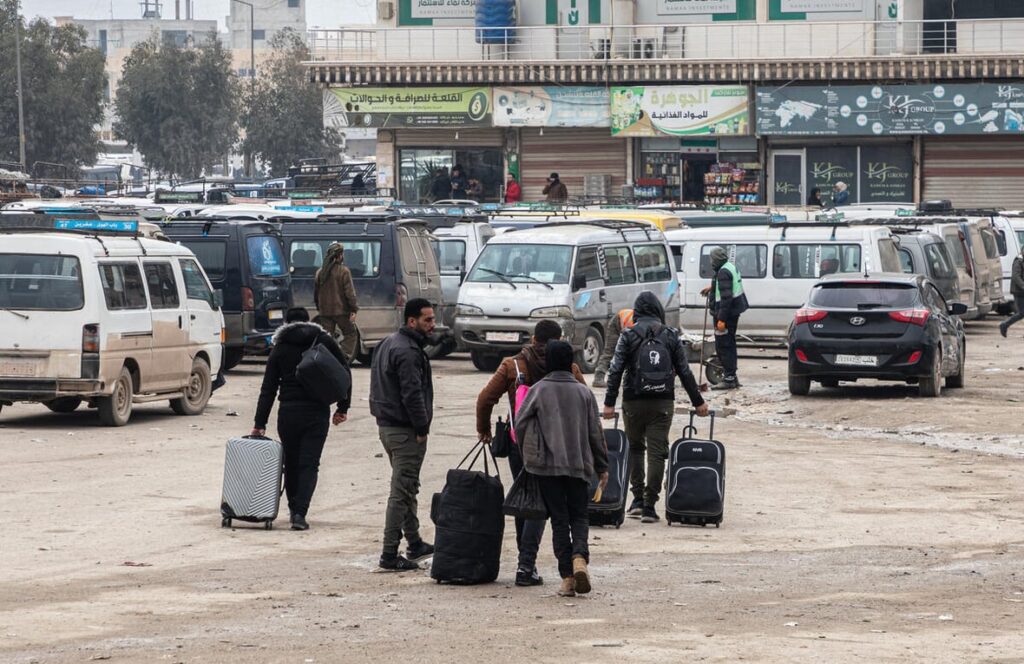
After years of displacement and conflict, millions of Syrians are tentatively returning to their homeland, sparking flickers of hope for the future of the war-torn nation. However, the path to recovery is fraught with immense challenges, including widespread destruction, economic hardship, and lingering security concerns, threatening to undermine the fragile progress being made.
The Scale of the Syrians’ Return
According to a UNHCR report, 1,200,486 individuals have returned home since November 27, 2024, including 344,733 who returned from internally displaced sites (IDPs) since December 8, 2024.
Overall, more than 80 percent of refugees hope to return to Syria one day, a major shift from the previous survey conducted in April 2024 which indicated only 57 percent expressed hope to return. Similarly, the intention to return in the short-term has also increased significantly—27 percent of Syrian refugees intend to return in the next twelve months compared to 1.7 percent previously. Syrians are expected to continue spontaneous returns throughout 2025.
Homes, buildings, schools, hospitals, and other infrastructure have been heavily damaged or destroyed by the conflict. Access to clean water, electricity, healthcare facilities, and sanitation is severely limited in many areas. Mines and other unexploded ordnance remain scattered throughout the country, posing a significant danger to returning civilians. The war has left the Syrian economy in ruins, with high unemployment, poverty, and food insecurity.
Economic Hardship
Returning Syrian refugees face a multitude of economic challenges, primarily due to the devastation of the Syrian economy during the war, leading to high unemployment rates, a lack of job opportunities, limited access to financial assistance, and a general state of economic instability.
The conflict has severely impacted the Syrian economy and caused widespread job losses. Unemployment rates remain very high, making it difficult for returnees to find stable employment. The destruction of infrastructure and businesses during the war has limited the number of available jobs across various sectors. Additionally, many skilled workers have left the country as refugees, further exacerbating the skills gap.
Returning refugees often face financial hardship, with limited access to government support or assistance programs. This makes it difficult for them to re-establish themselves economically. The war has crippled the Syrian economy, causing GDP to decline, hyperinflation to rise, and poverty to spread widely. This creates a challenging environment for returnees seeking to rebuild their lives.

International Aid and Assistance
International organizations and aid agencies play a vital role in assisting Syrians returning home. They provide essential support despite operating in a highly complex and insecure environment. After years of conflict, returnees face widespread destruction of homes and basic services, a lack of job opportunities, and pervasive security risks.
International organizations and aid agencies are working to provide assistance to returning Syrians, including shelter, food, healthcare, and other essential services. However, delivering aid in a complex and insecure environment is a challenging task, and funding shortages are hindering efforts to meet the growing needs of returnees. Returning Syrians urgently need increased international funding and support. These resources are crucial to help them rebuild their lives and aid their country’s recovery.
The return of millions of Syrians signals a hopeful turning point in the country’s long conflict. However, the challenges ahead remain immense. Sustained international support is vital for Syrians returning home. Addressing the root causes of the conflict requires a comprehensive approach. Lasting peace depends on genuine reconciliation and justice, enabling Syrians to rebuild and shape a prosperous future.



